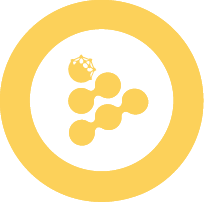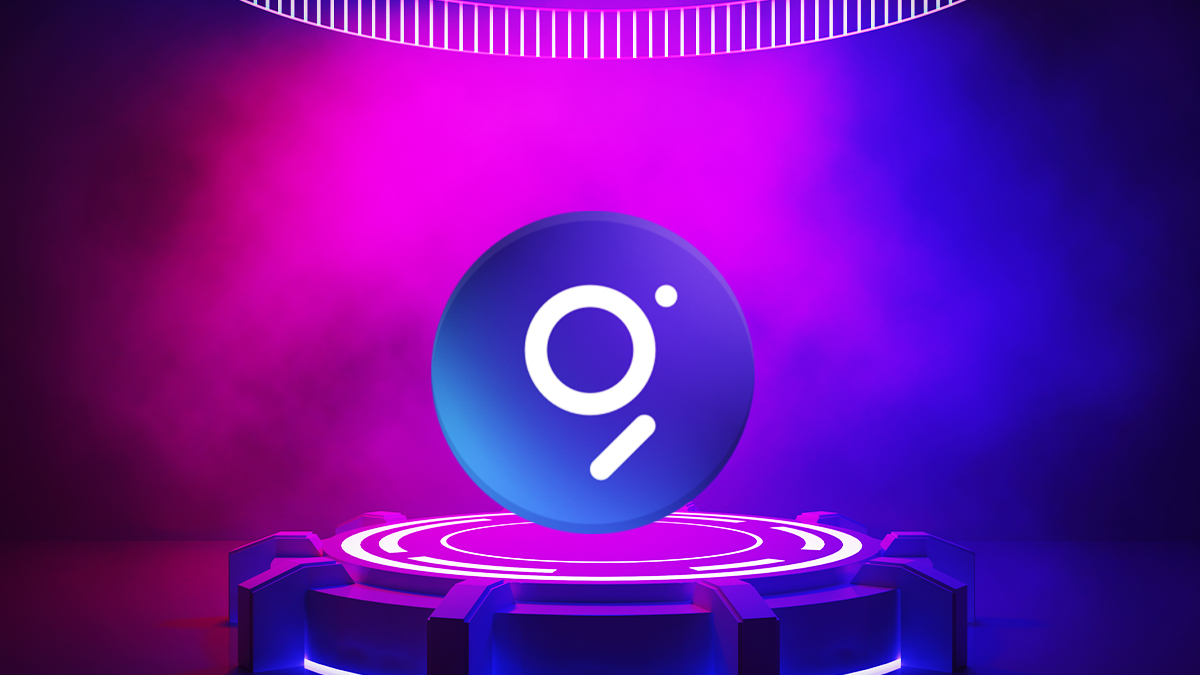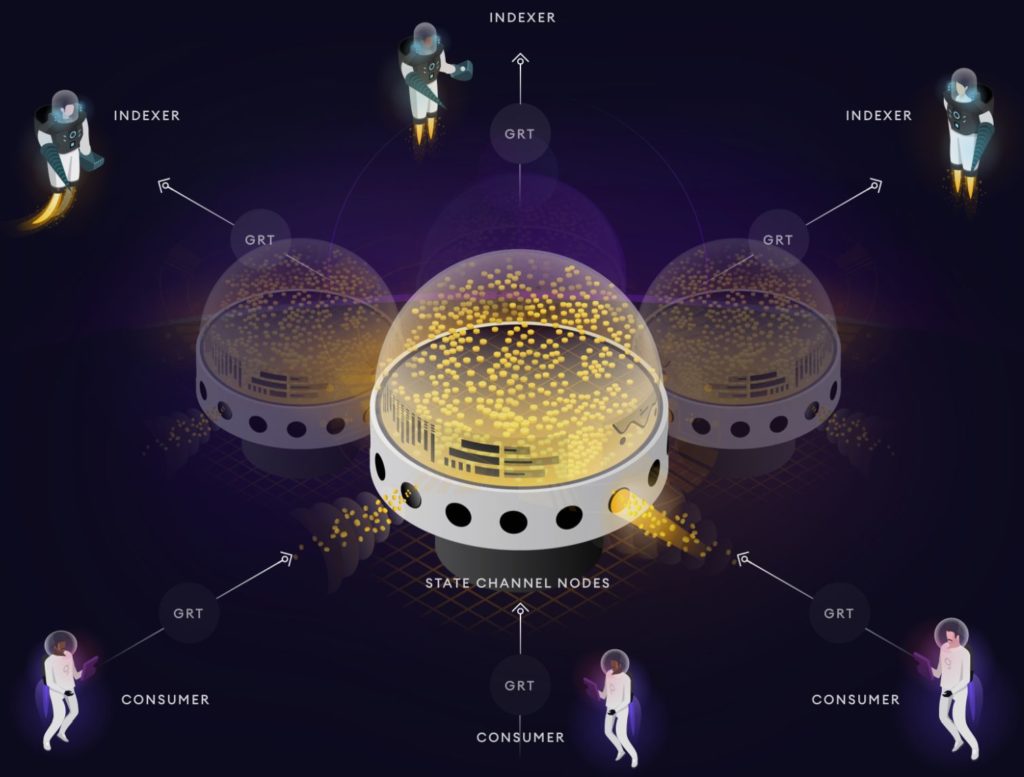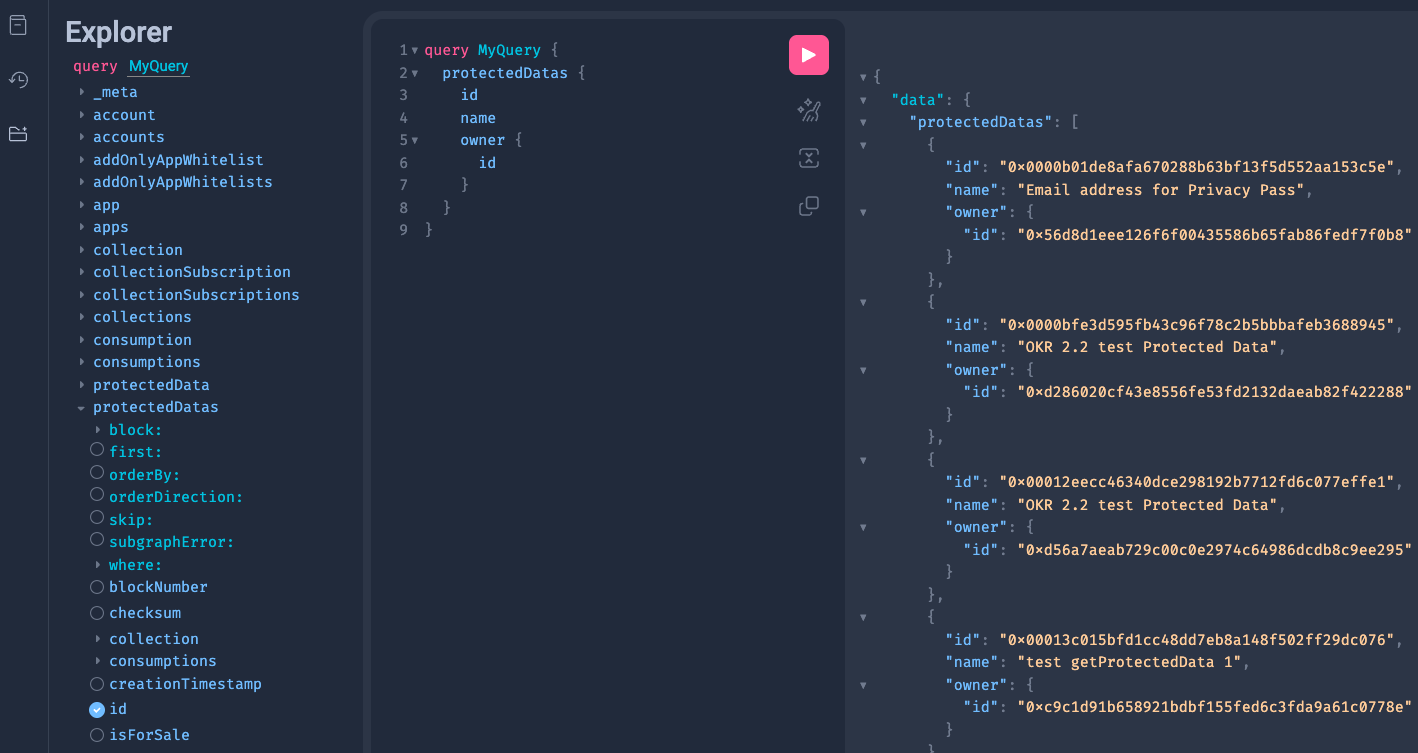🔍 The Graph Explorer
The iExec protocol uses The Graph as a decentralized protocol for indexing and querying blockchain data across multiple networks. This powerful tool allows developers and users to efficiently retrieve and analyze on-chain data through GraphQL queries.
🎯 What is the Graph?
The Graph is a decentralized protocol for indexing and querying blockchain data. It enables developers to build and publish open APIs called subgraphs that applications can query using GraphQL. This makes it easy to access blockchain data without having to run your own indexing infrastructure.
Key Benefits for iExec
- Decentralized Indexing: Data is indexed by a network of decentralized indexers
- Real-time Queries: Get up-to-date information about deals, tasks, apps, and protected data
- GraphQL Interface: Powerful query language for flexible data retrieval
- Multi-network Support: Access data across different blockchain networks
🗂️ Available Subgraphs
iExec has deployed several subgraphs across different networks to provide comprehensive data access. Each subgraph indexes specific aspects of the iExec protocol.
iExec PoCo - Arbitrum
LiveIndexes Proof of Contribution (PoCo) data on Arbitrum mainnet, including apps, deals, tasks, and workerpools
iExec DataProtector - Arbitrum
LiveIndexes DataProtector protocol data on Arbitrum mainnet, including protected data, access grants, and sharing mechanisms
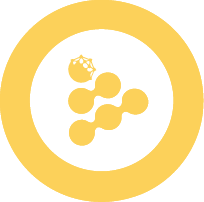
iExec PoCo - Bellecour
LiveIndexes Proof of Contribution (PoCo) data on Bellecour mainnet, including apps, deals, tasks, and workerpools

iExec DataProtector - Bellecour
LiveIndexes DataProtector protocol data on Bellecour mainnet, including protected data, access grants, and sharing mechanisms
🔍 GraphQL Explorer Interface
The Graph provides an interactive GraphQL explorer that allows you to build and test queries directly in your browser. This powerful interface makes it easy to explore the available data and construct complex queries.
How to Use the GraphQL Explorer
- Navigate to a Subgraph: Click on any of the subgraph links above to access the GraphQL explorer
- Explore the Schema: Use the "Schema" tab to browse available entities and their fields
- Build Queries: Use the "Query" tab to construct and test GraphQL queries
- View Results: Execute queries to see real-time data from the blockchain
- Copy Queries: Use the generated queries in your applications
Example Queries
Here are some example queries you can try in the GraphQL explorer:
Query iApps
query {
apps {
id
name
owner {
id
}
appType
appUri
}
}Query Protected Data
query {
protectedDatas {
id
name
owner {
id
}
dataType
dataUri
}
}Query Deals and Tasks
query {
deals {
id
requester {
id
}
app {
name
}
dataset {
name
}
workerpool {
id
}
tasks {
id
status
}
}
}💡 Pro Tip
Use the GraphQL explorer's auto-completion feature to discover available fields and build complex queries. The schema documentation is always up-to-date with the latest protocol changes.
